Just like people, dogs have emotional ups and downs, and some breeds are a little more sensitive than others. While most pups are happy-go-lucky most of the time, certain breeds tend to feel things more deeply. Whether it’s a loud noise, a change in routine, or being left alone too long, these dogs can get dog anxiety now and then.
But don’t let their occasional anxiety fool you—these breeds are incredibly loving and loyal. Their sensitivity often makes them more attuned to their humans. They might need a little extra reassurance or a calm environment, but the payoff is a bond that’s deep, trusting, and full of affection.
Here, we’ll explore the wonderful family dogs that might need a bit more emotional support, but give a whole lot of love in return. If you’re ready to open your heart to a pup who feels deeply and loves fiercely, keep reading. Your empathetic, tail-wagging soulmate might be just a few scrolls away.
Occasional Stressed Dog Breeds
1. Cavalier King Charles Spaniel
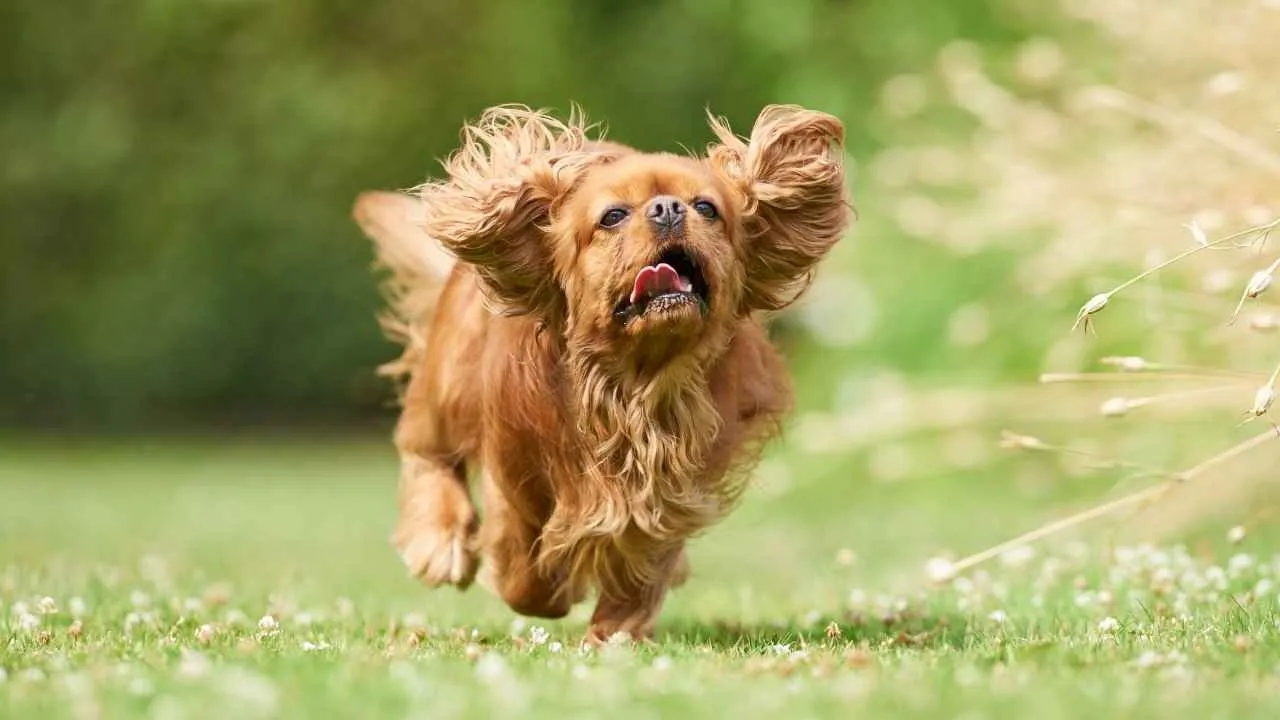
Meet the Cavalier King Charles Spaniel—a dog who could easily win an Oscar for Best Drama Performance if there were a category for it. Don’t get us wrong, these little lapdogs are pure joy, with their silky coats and big, soulful eyes that seem to say, “I love you, but I need a moment.”
While they’re generally easygoing and affectionate, Cavaliers can be a bit sensitive to the chaos of life, which can lead to anxious behavior. Too much noise, a sudden change in routine, or being left alone for too long, and you might find your Cavalier pacing around like they’re in an emotional episode of a soap opera.
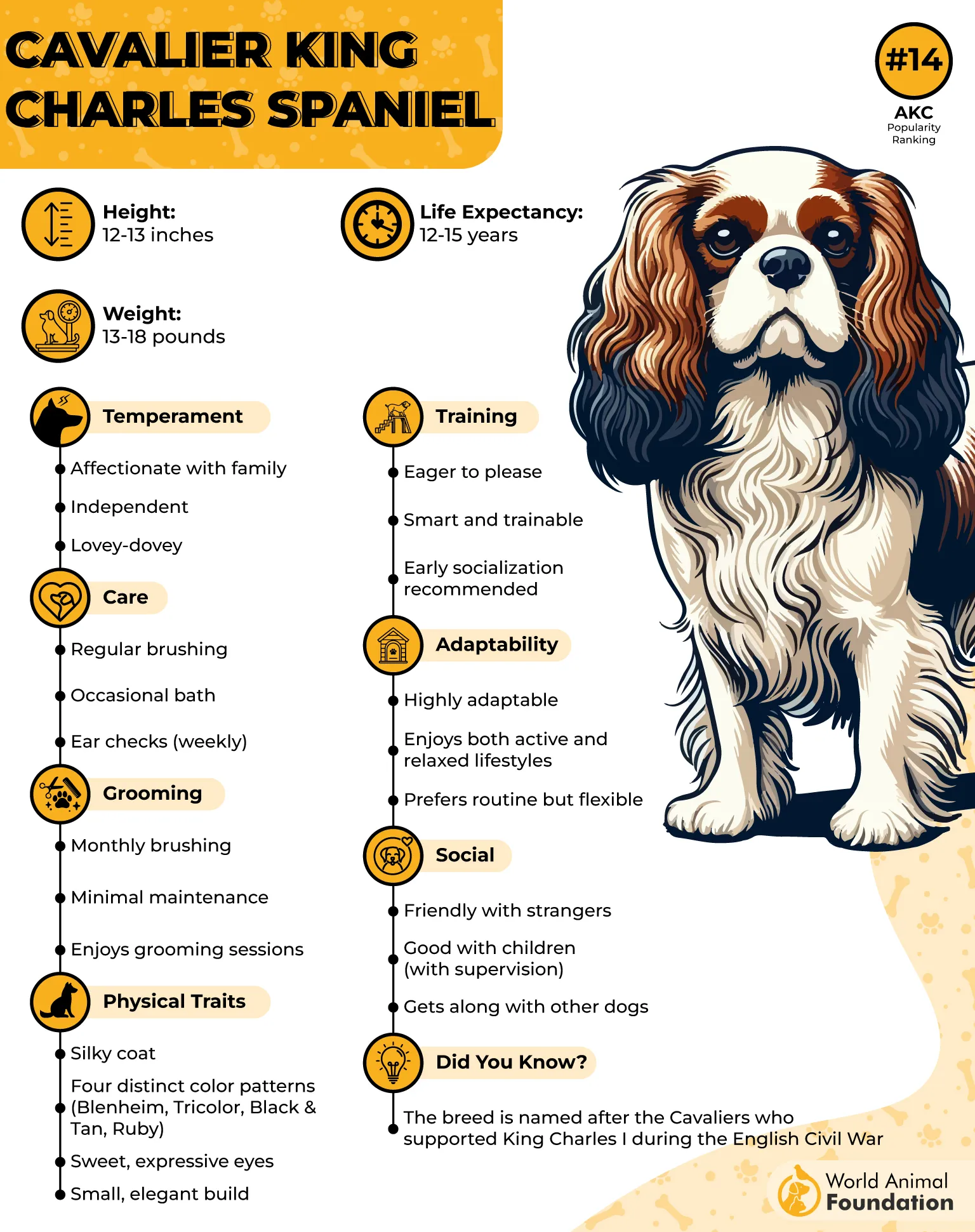
They thrive on attention and love to be the center of the action, so when they feel ignored or out of the loop, watch out! Expect some serious “drama” in the form of a sad puppy face or, occasionally, a stress-related tummy ache (which, let’s be real, who doesn’t get stressed about a tummy ache?).
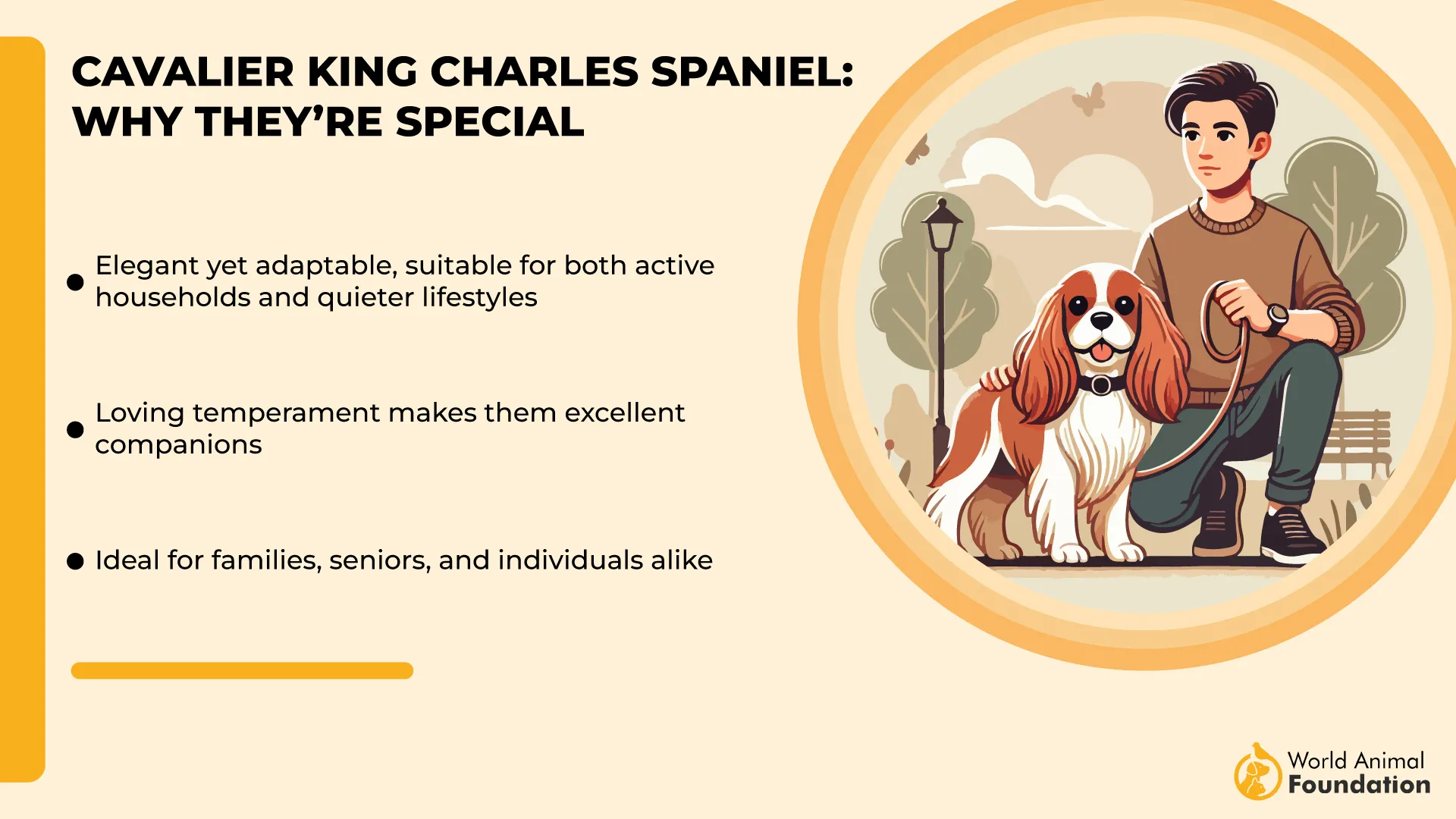
But fear not, a Cavalier King Charles Spaniel can also be a great emotional support animal, easy to soothe with a little cuddle time, a tasty treat, or maybe just a solid Netflix binge with them curled up beside you.
2. Basset Hound
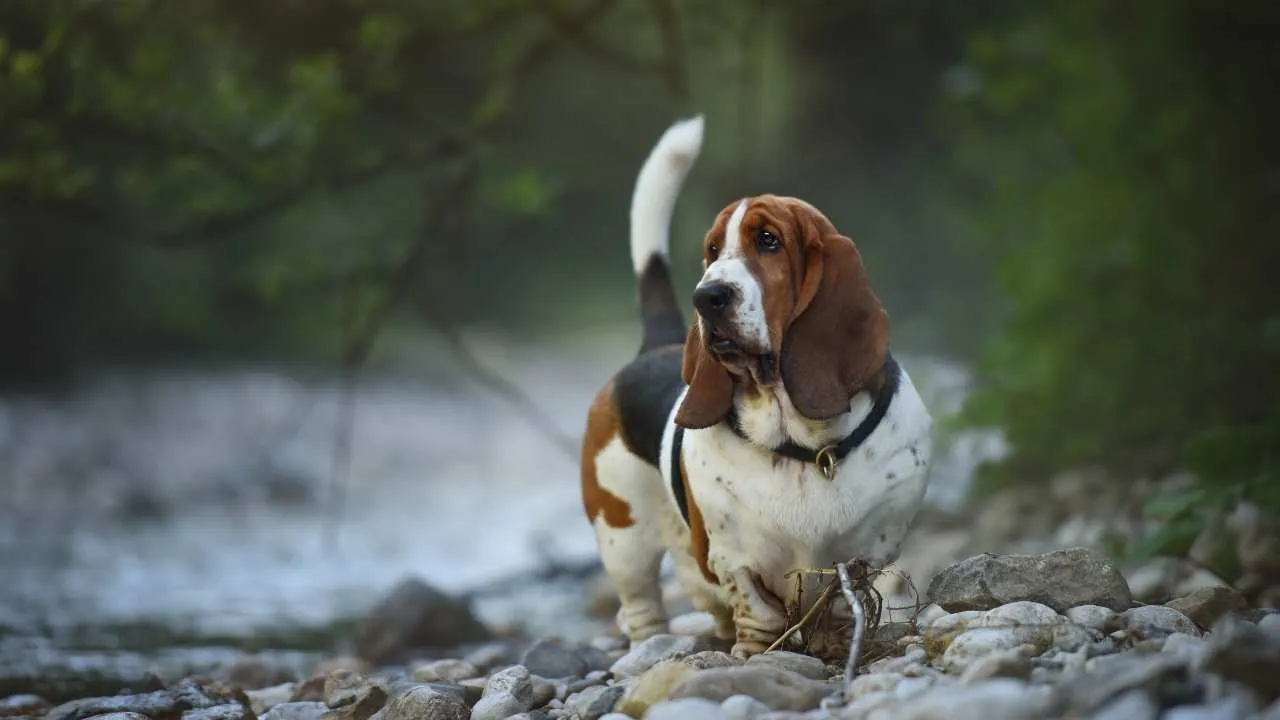
Then we have the Basset Hound—a dog that looks like it’s lived a thousand years and could probably solve all the world’s problems if they ever got around to it. With their droopy eyes, long, floppy ears, and thoughtful expression, Basset Hounds might look like the epitome of relaxation, but even they have their moments of stress.
Sure, they might seem like they’re just chilling out, but give them a bath (which they’re not fans of) or move their bed to a new location, and suddenly they’re pacing around like they’ve been handed an impossible riddle.
Basset Hounds are the thinkers of the dog world. They’re often deep in thought, wondering why squirrels exist or why we insist on putting them in the bathtub.
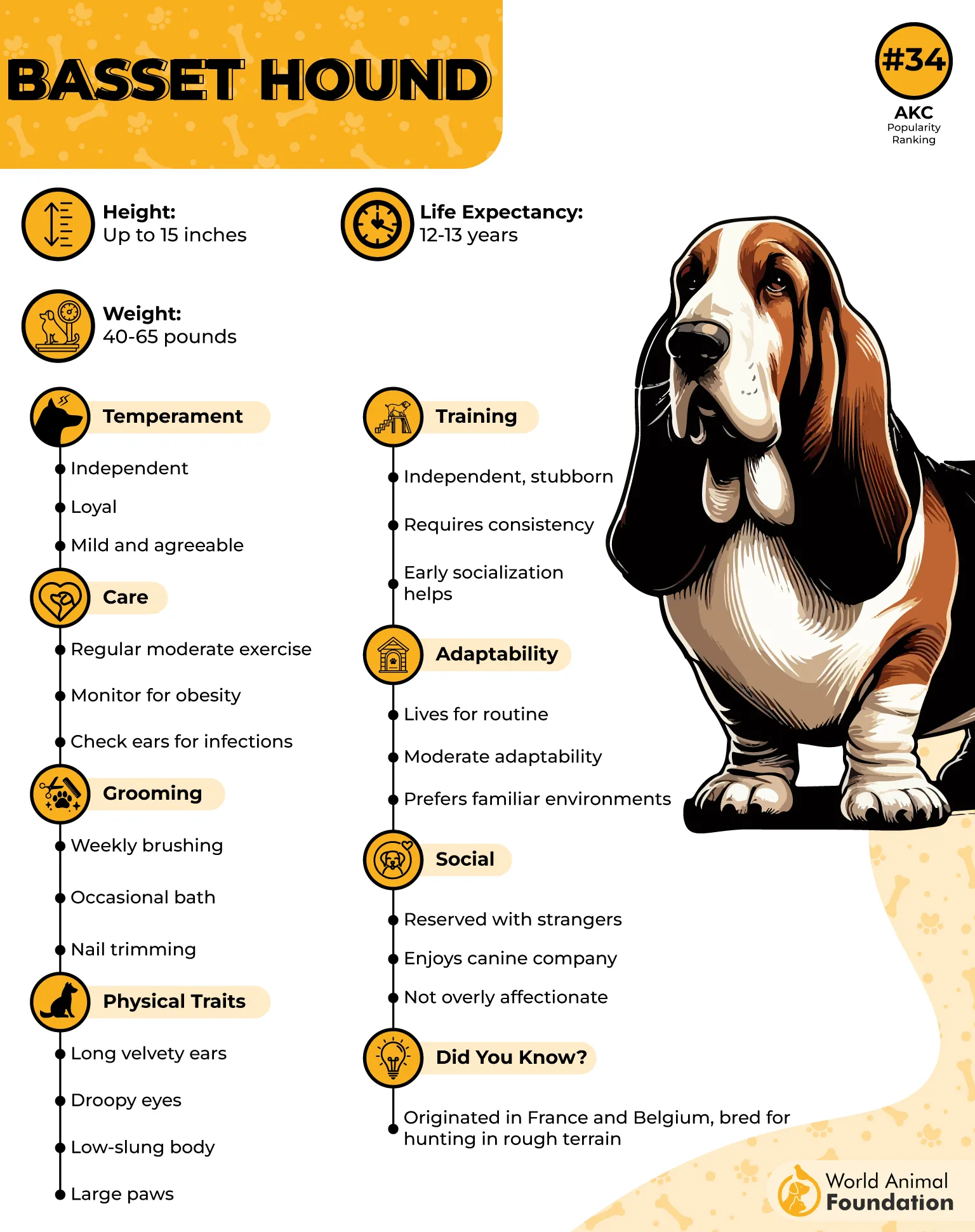
According to WebMD, Basset Hounds are extremely loyal to their families, but they don’t always show it with boundless enthusiasm. Instead, they are emotionally mild and even-keeled, making them a calming presence in the family.
And let’s be honest, who wouldn’t be stressed out if you were a dog whose main job was to be adorable, but people keep messing with your favorite spot on the couch? They’re super low-key about it, though—usually just offering up a sad, soulful look like they’re contemplating the mysteries of the universe (or their dinner bowl).
3. Cocker Spaniel
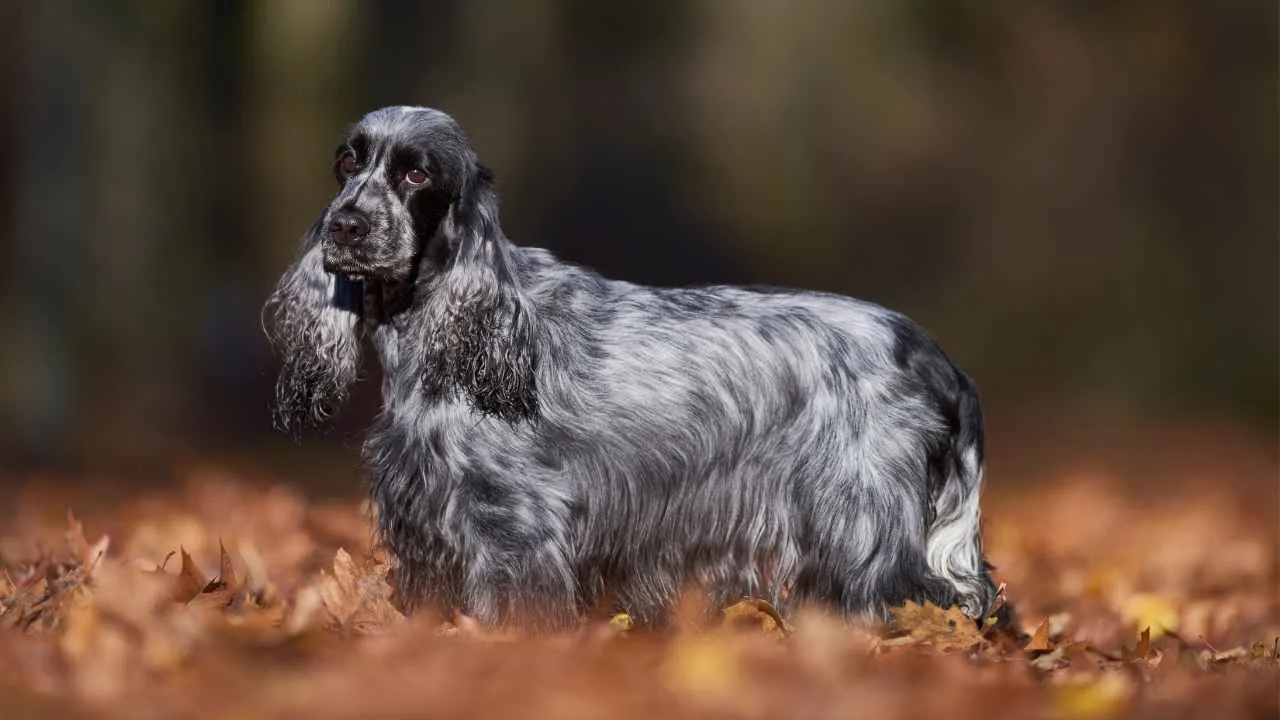
The Cocker Spaniel is the epitome of “sweet and sensitive.” With their luscious coat and those big, soulful eyes that can melt anyone’s heart, it’s easy to see why they’re such a beloved breed. However, this adorably fluffy dog isn’t all sunshine and tail wags.
Cocker Spaniels can get a bit overwhelmed when life doesn’t go according to plan, which is why they are often considered dog breeds prone to stress. Their sensitivity makes them prone to stress, whether it’s a change in their routine, loud noises, or just being left alone for a while.
If you think about it, this makes sense: these dogs are deeply in tune with their families and thrive on attention and affection. Take that away, and suddenly, they may start pacing, giving you that “you forgot about me, didn’t you?” look.
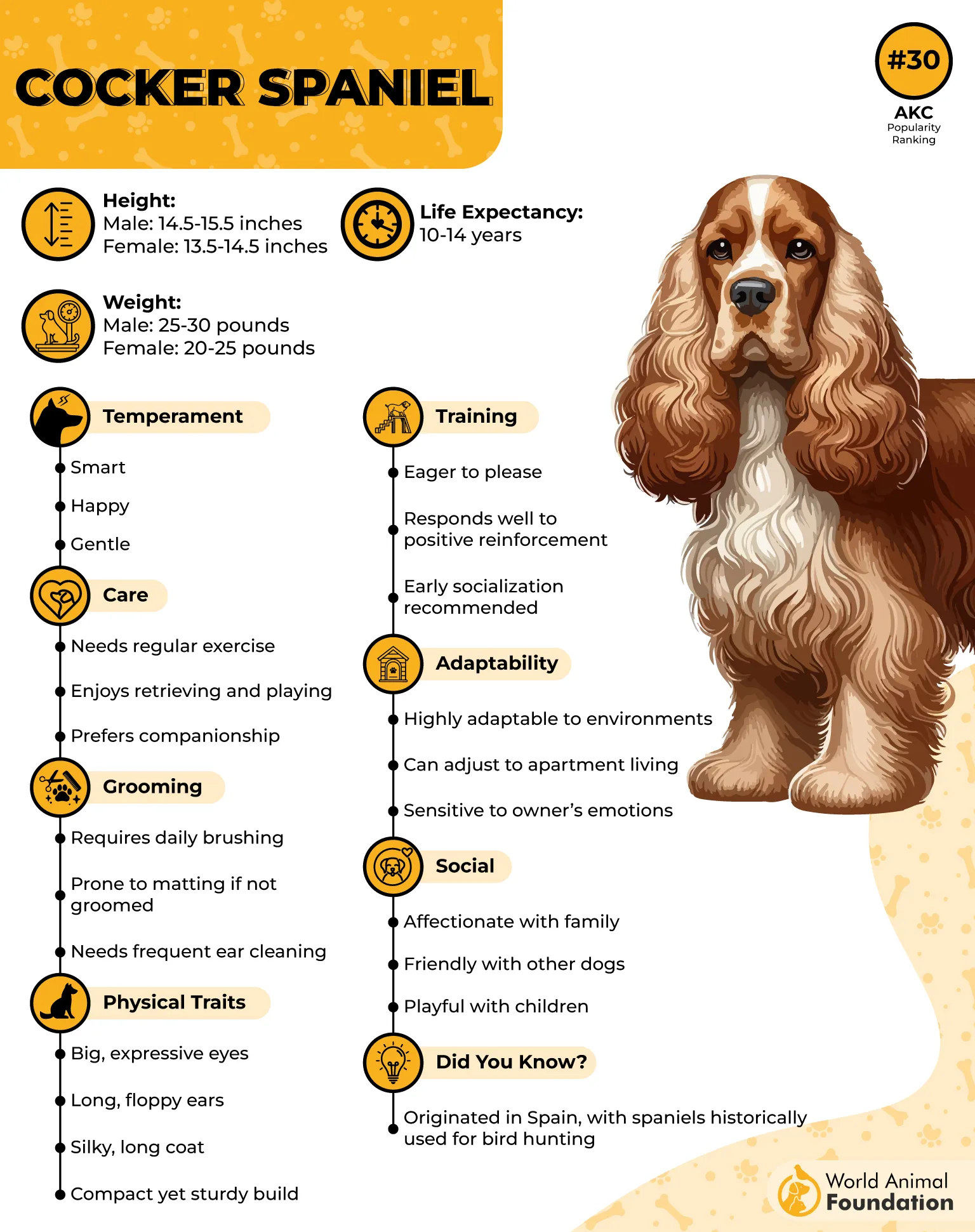
Don’t be surprised if you get a little whimpering or mild separation anxiety when they’re left to their own devices; this is a common sign of anxiety in dogs.
But here’s the upside—once they feel secure again, their affectionate nature shines through. They’ll shower you with love, and all will be right in the world. Just make sure to give them a little extra snuggle time when they seem a little stressed.
4. Italian Greyhound

Ah, the Italian Greyhound. If this breed were a person, they’d probably be sipping espresso at an Italian café, casually glancing around to make sure nothing’s amiss.
Elegant, sleek, and sometimes a little high-strung, the Italian Greyhound is a dog that’s built for speed, but also prone to occasional stress when their world doesn’t stay perfectly calm and predictable. Despite their glamorous, poised exterior, these dogs can be a bit sensitive to their surroundings.
The Italian Greyhound has a refined taste—no loud noises, sudden movements, or chaotic environments for this one. A change in routine, or even being surrounded by too much excitement, can stress them out, potentially leading to symptoms of cognitive dysfunction syndrome.
You’ll often find them retreating to a quiet corner, staring off into the distance like they’re contemplating life’s mysteries. (Or, you know, planning their next sprint around the house.) As per Hill’s Pet, although small, Italian Greyhounds tend to bark rather than yap, and they will readily do so to alert their owners to approaching strangers.
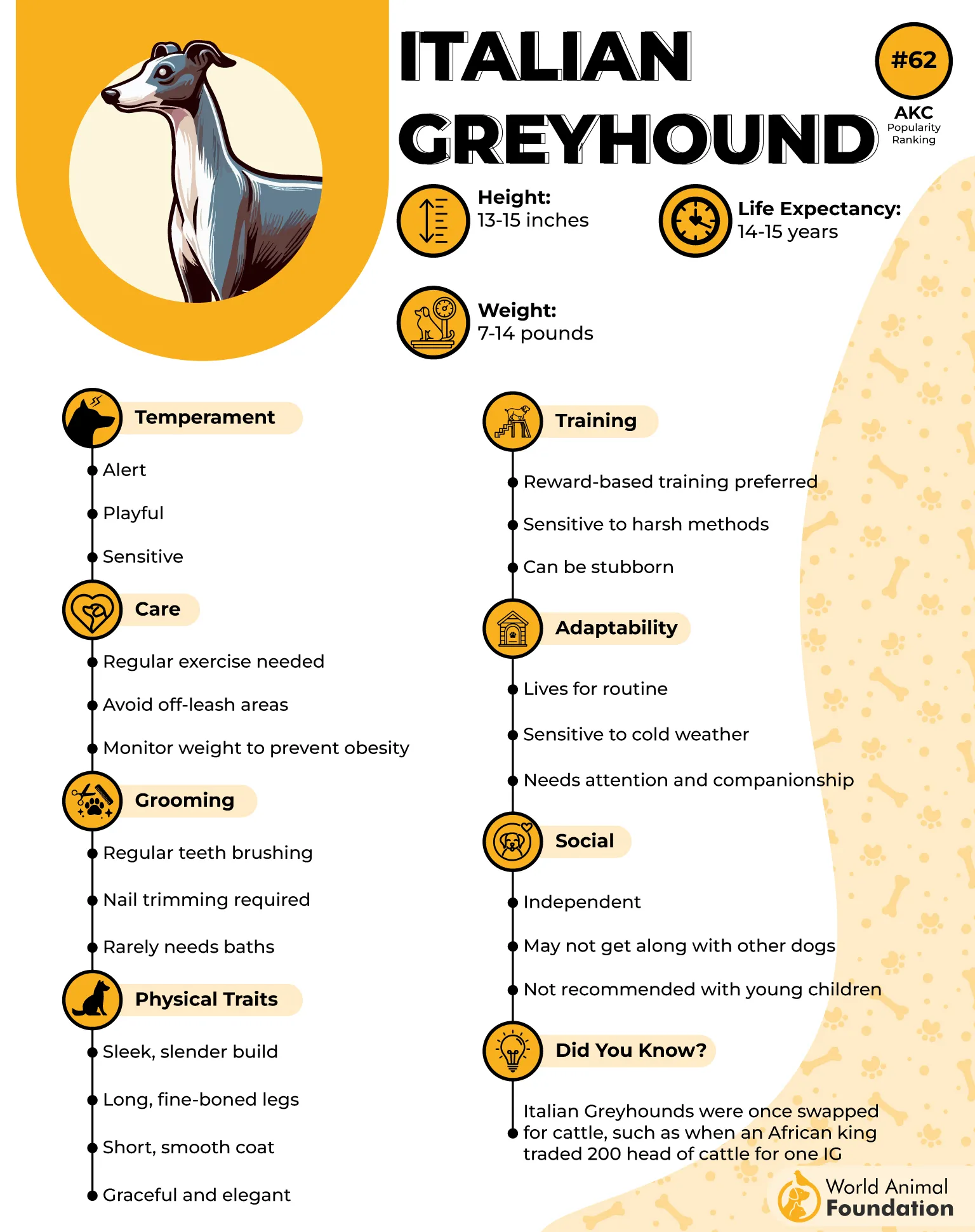
They may seem aloof, but don’t let that fool you—they are deeply bonded to their families and need that quiet comfort to feel secure. So, while they might give you that “I’m just going to lie here and look fabulous” vibe, they might secretly be worried about the neighbor’s dog barking or the sound of a vacuum cleaner. A little space, calmness, and a cozy blanket usually do the trick to soothe their nerves.
5. Poodle

If you’ve ever seen a Poodle strut their stuff at the dog park, you know this breed is no stranger to style. Their fluffy coats and confident demeanor practically scream, “I’m fabulous!” But underneath that sophisticated exterior, the Poodle has a brain that’s constantly ticking.
These dogs are brilliant—so much so that they can sometimes overthink things (we’ve all been there, right?). According to Britannica, the Poodle is an elegant-looking dog and is often ranked as one of the most intelligent dog breeds.
While Poodles are usually the picture of poise, they can become stressed when faced with uncertainty. A change in their environment, new people, or even too much noise can send them into a spiral of nerves.
It’s like they start calculating every possible outcome in their head, and well, that can be a lot for a dog!
A Poodle might start pacing or give you those big, worried eyes as if to say, “I need a solution, like, yesterday.” But don’t worry—this breed is generally easy to calm with a little quiet time, some play, and a reminder that everything is okay.
6. Labrador Retriever
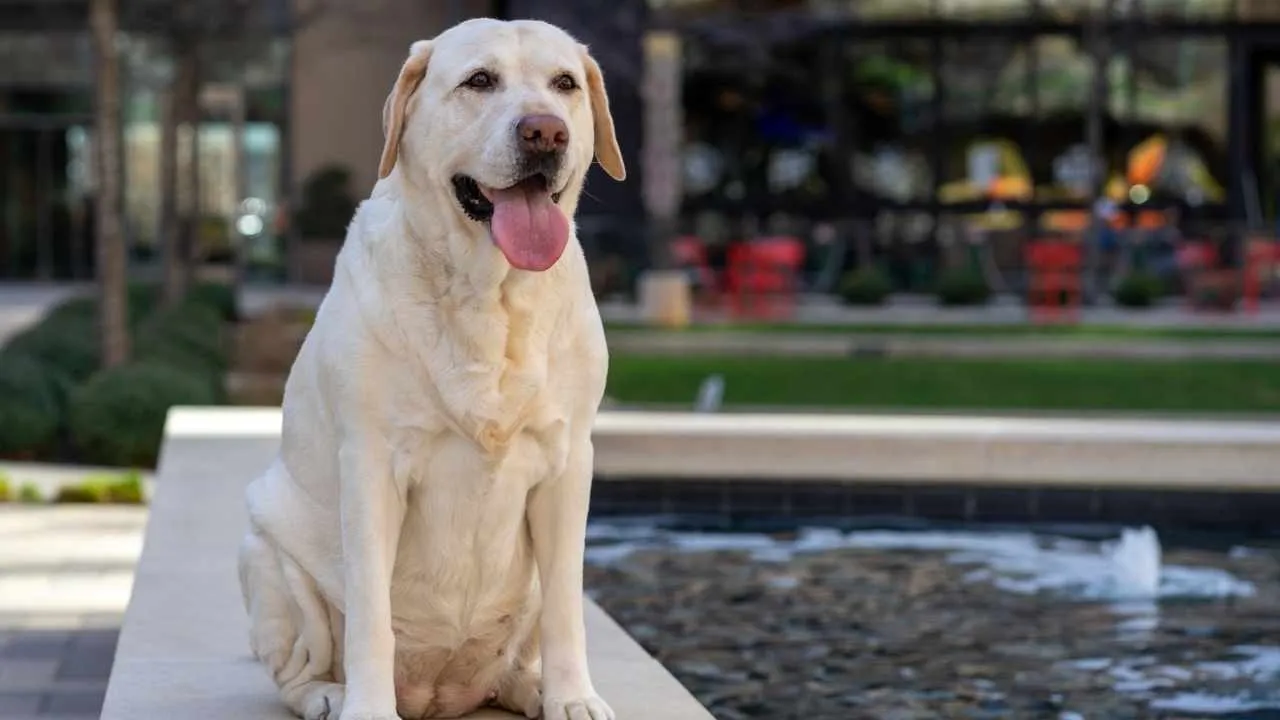
Labrador Retrievers are known for being some of the happiest and friendliest dogs on the planet. They’re the type of dog that greets every day with a wagging tail and the attitude of “let’s go have an adventure!” But like all of us, Labs can get a little stressed out when things aren’t going according to plan.
Maybe their favorite tennis ball is missing, or they’ve had one too many rounds of fetch and are just about to hit their limit (but they won’t tell you because they love you so much).
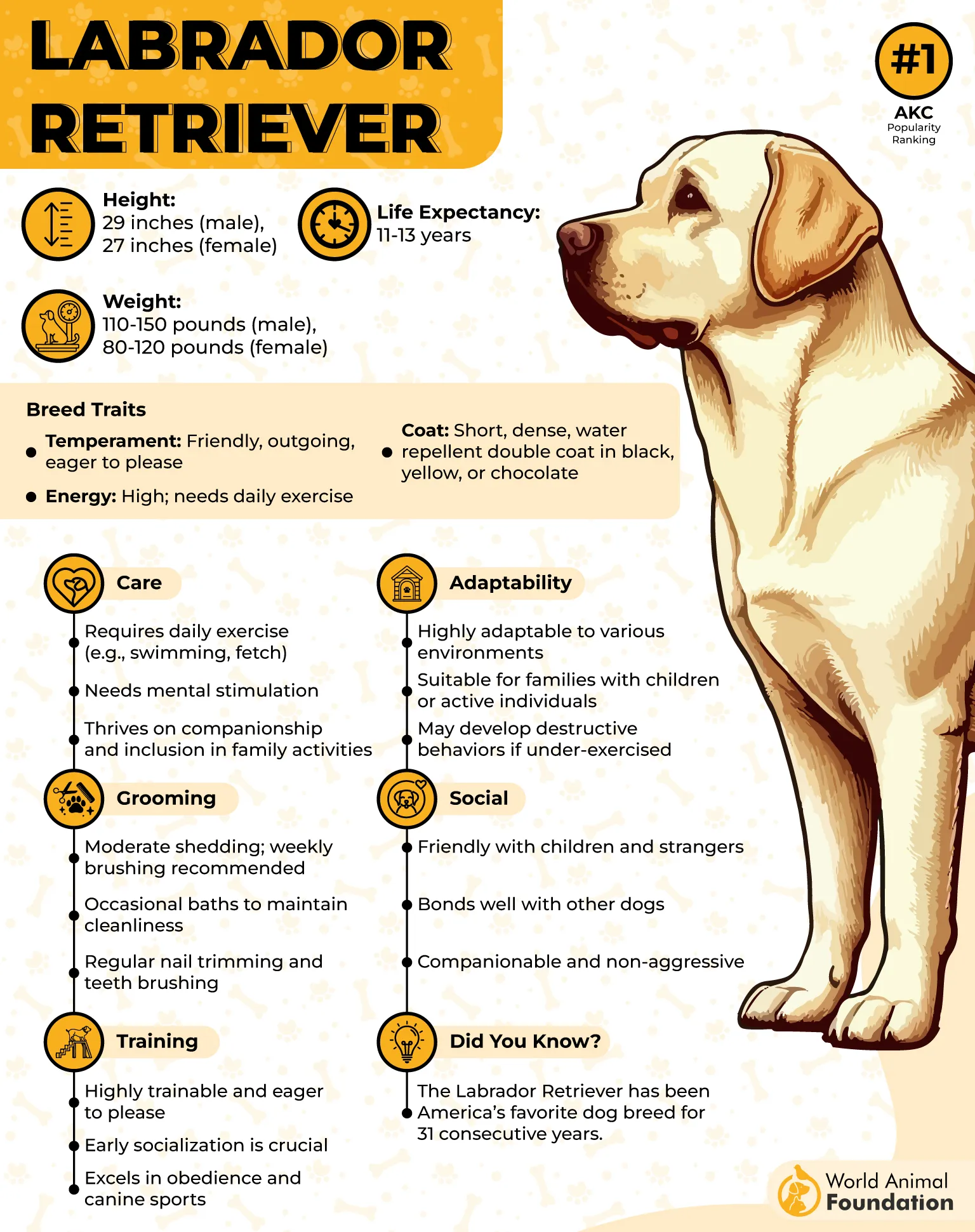
Labradors can also become stressed by separation anxiety, especially if they’re left alone for long periods. They’re social butterflies who thrive on companionship, so when their humans aren’t around, they might start showing signs of anxiety, like whining or destructive behavior.
They also don’t like loud noises or chaotic environments—if you’ve ever tried to take your Lab to a fireworks show, you know what I mean! But don’t fret, they’re incredibly resilient.
A Lab’s stress is usually short-lived, and with some affection, a cozy nap, or a good old game of fetch, they’re back to being your lovable goofball in no time.
7. German Shepherd
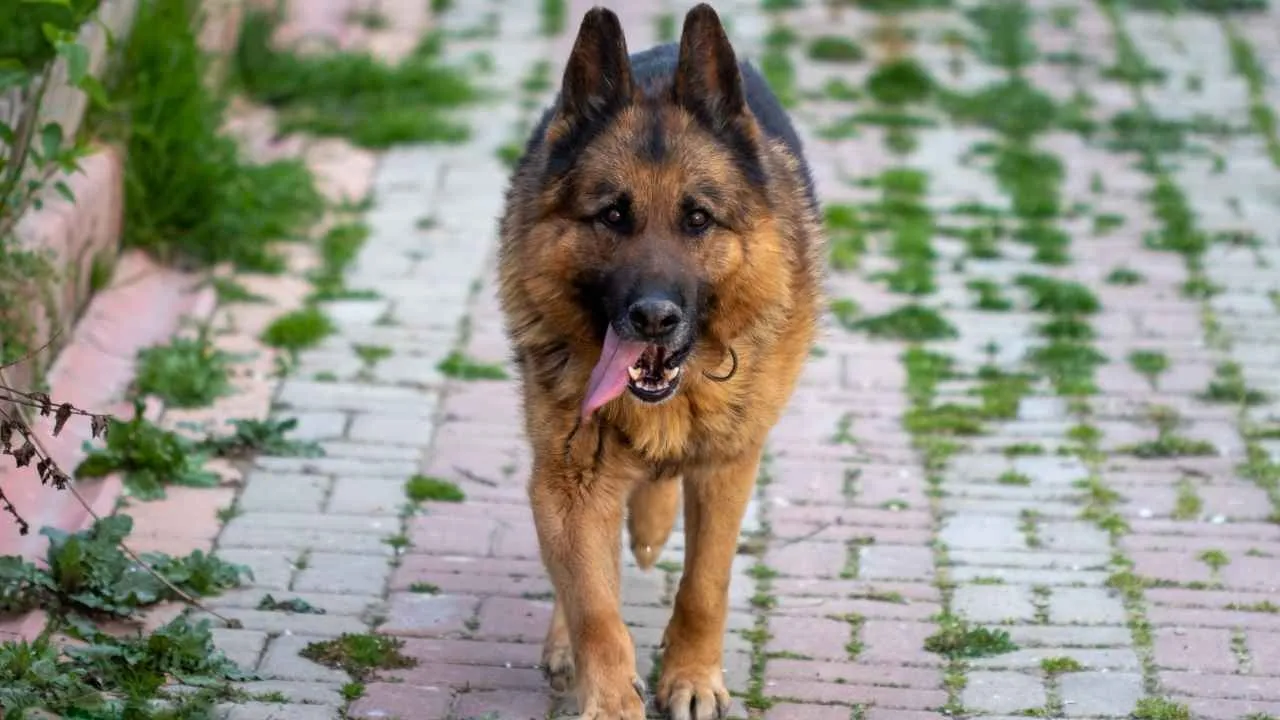
The German Shepherd is known for being a loyal, intelligent, and protective breed. They’re often working dogs, excelling in everything from police work to search-and-rescue. But with all that “tough” energy, they’re surprisingly sensitive when it comes to their families.
A German Shepherd’s stress usually stems from wanting to please their humans and feeling unsettled when they’re not sure if they’re doing the right thing.
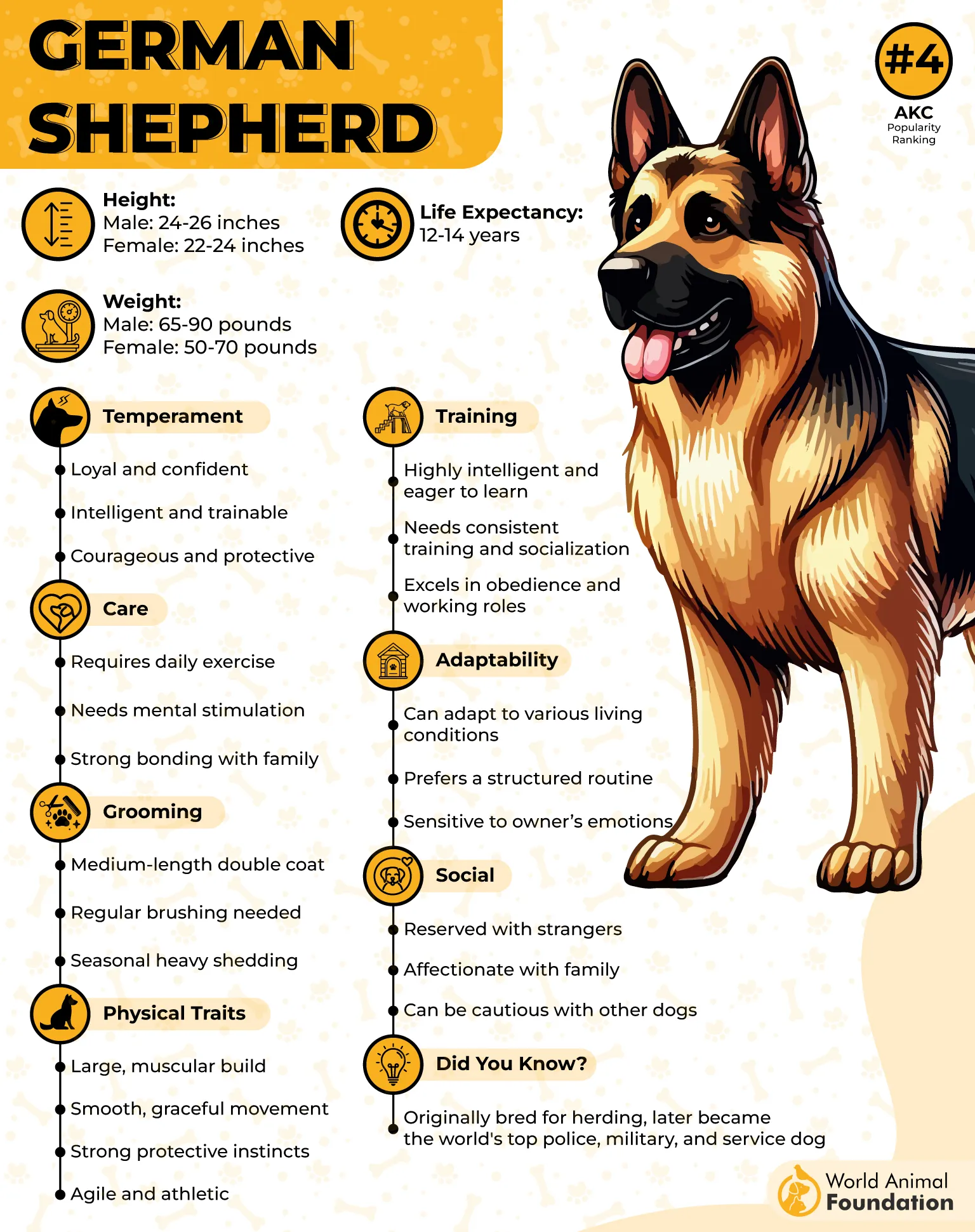
German Shepherds are highly attuned to their environment, which makes them excellent at picking up on changes, both big and small. A shift in routine, an unfamiliar visitor, or even a small argument between family members can cause them to become a bit on edge. They might pace, give you the “where’s my role in this?” look, or even bark excessively in an attempt to restore order.
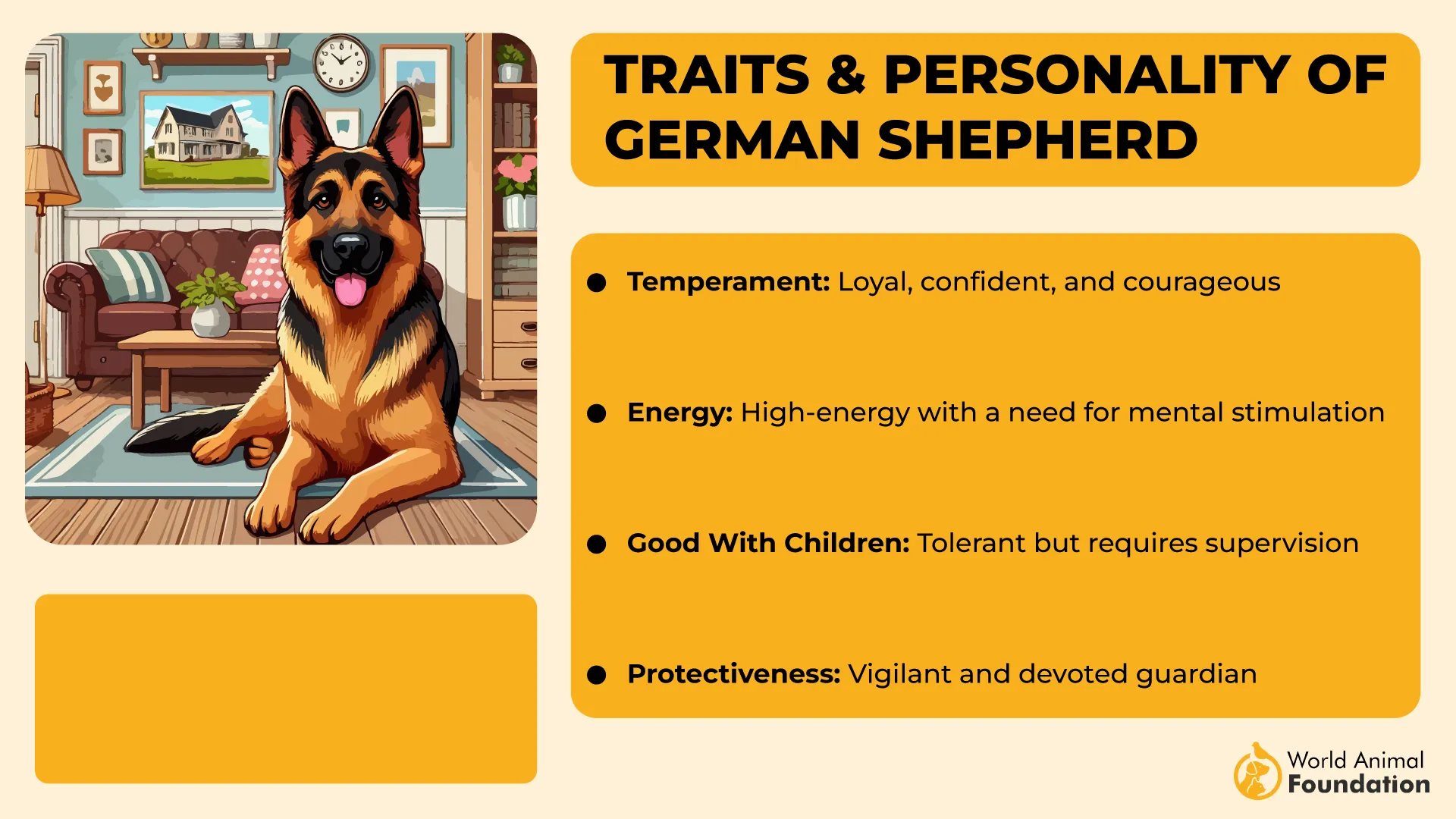
However, once they’ve figured out that everything is back to normal (and they’re still the top dog in the family), they’ll calm down and return to their usual calm and protective selves.
If you’re working on training them or changing something in their environment, just be patient and give them time to adjust—they’re quick learners, but they like stability.
Common Stress Triggers for Such Breeds
Each of these breeds is unique, but they all share a sensitivity to their environment and routine, making them prone to stress when things aren’t just right. A little extra attention, physical and mental stimulation, understanding, and consistency in their care can help keep these lovable pups feeling secure and happy!
Separation Anxiety: Cavalier King Charles Spaniel, Labrador, Poodle.
Unpredictable Environments: Italian Greyhound, Basset Hound, German Shepherd.
Loud Noises: Retriever, Italian Greyhound, Poodle.
Disruption in Routine: Cocker Spaniel, Basset Hound, German Shepherd.
Overstimulation & Lack of Attention: Cocker Spaniel, Poodle, German Shepherd.
Conclusion
Certain dog breeds are more prone to occasional stress, often leading to undesirable behaviors such as repetitive or compulsive behaviors. Breeds like the Bichon Frise may develop anxiety due to factors like loud noises, aggression-related anxiety, or stress from other animals. Not all dogs exhibit these traits, but for those that do, identifying the dog’s triggers is crucial for addressing behavior problems.
The AKC Canine Health Foundation suggests that early intervention, including obedience classes and preventive measures, can help reduce anxiety and improve a dog’s response to stressful situations. It’s important to create a controlled environment where anxious dog breeds can thrive, especially for large breeds or breeds that are more sensitive to stress.
A healthy relationship with family members and a commitment to understanding the dog’s emotional needs can lead to a calmer, happier companion dog, reducing the likelihood of compulsive behaviors and creating a positive, stress-free living environment.


